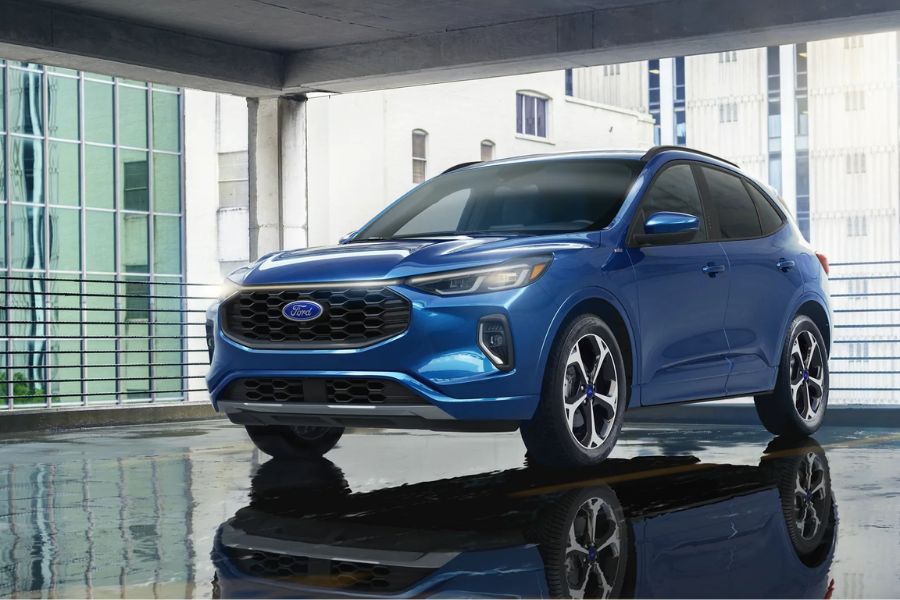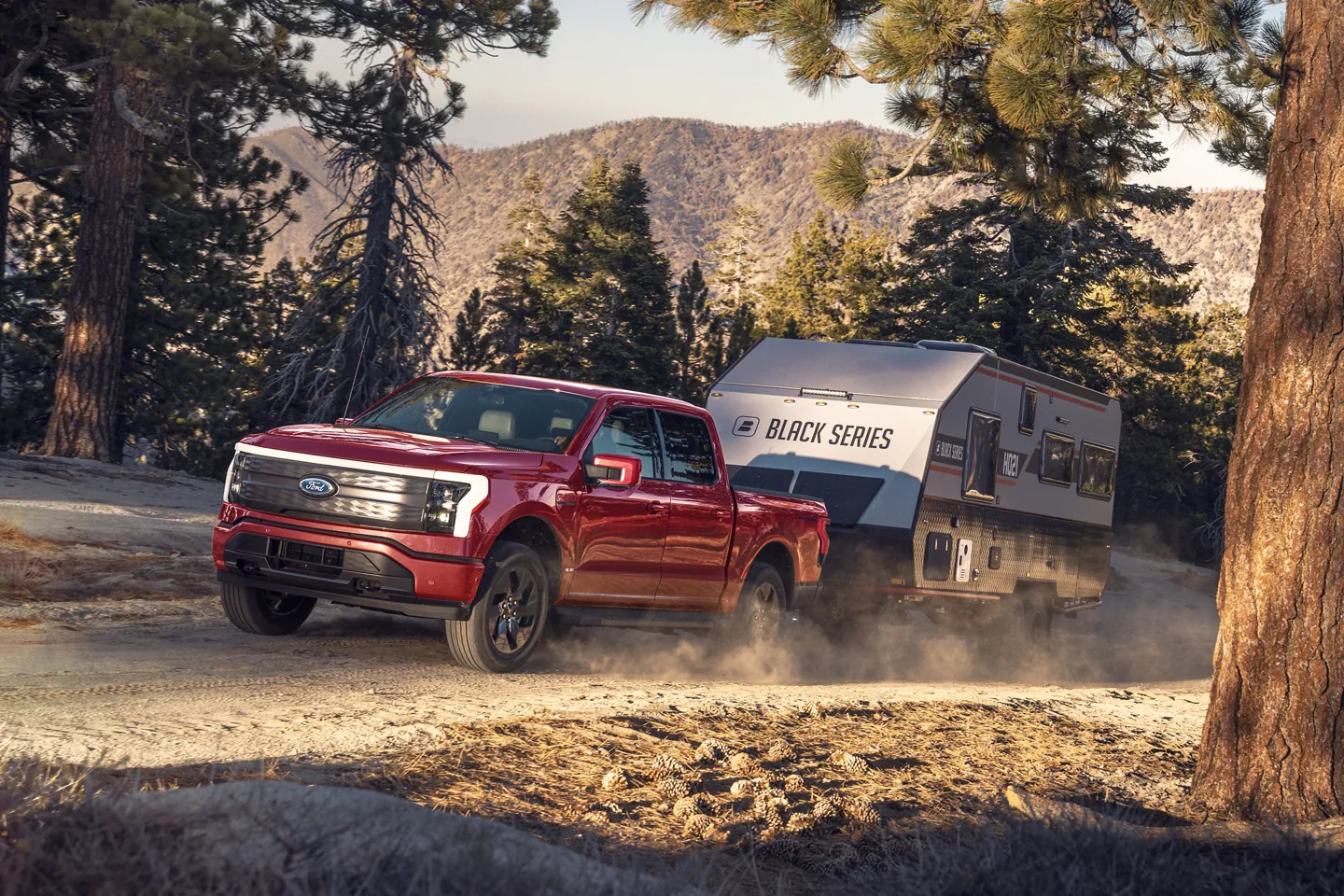These days, drivers who want an efficient ride have plenty of options. To help you choose the vehicle that best fits your needs, we’re here to check out the differences between hybrids, plug-in hybrids, and electric vehicles.
Key Takeaways
- To save money at the pump, hybrids combine a gas-powered engine with a battery-powered motor.
- Plug-in hybrids are similar to hybrids, except they use a battery-powered motor that needs to be recharged on a regular basis.
- Electric vehicles cut gas out of the picture completely, using big, rechargeable batteries to power your performance.
- Some drivers, including those who want to tow a boat or camper, may require a gas-powered vehicle. Luckily, modern engineering has resulted in engines that are better at combining power with efficiency than ever before.
Hybrids

A hybrid powertrain involves a gasoline engine that works in conjunction with a battery-powered motor. This setup allows hybrids to have smaller gasoline engines that require less fuel overall. The battery-powered motor supplements horsepower and helps give you the speed you need to keep up with modern traffic. Modern hybrids may even use regenerative braking to recapture energy that would otherwise be lost.
Most modern hybrids, including Ford hybrids, are parallel hybrids. This means both engine and motor send power to the wheels via an automatic transmission (usually a continuously variable transmission). With a parallel hybrid, the motor battery does not need to be recharged and is generally designed to last the lifetime of the vehicle.
Another type of hybrid design is the series hybrid. These hybrids are set up so that only the electric motor (or motors) send power to the wheels. A gasoline engine is used to recharge the motor battery (or batteries). Because the series hybrid delivers all-electric thrust, it feels more like an EV from behind the wheel. However, because the engine fires up when it’s needed to recharge the battery, it doesn’t correspond to driver input, which may take some getting used to. Currently, the main example of a series hybrid is the BMW i3 with the range extender.
Plug-In Hybrids

A plug-in hybrid powertrain is similar to the aforementioned hybrid powertrain, featuring both a gas-powered engine and a battery-powered motor. However, plug-in hybrids use a larger battery pack that must be recharged via power outlet or quick-charge station. Often, PHEV owners will install a Level 2 charger in their garage to recharge their vehicle in minimal time.
Because PHEVs use a bigger battery pack than regular hybrids, they often offer an all-electric range. The range will vary from model to model, usually from about 15 to 50 miles, but commuters who don’t travel very far may not require much gasoline at all. If you don’t drive a lot, owning a PHEV can help you save major bucks at the pump.
At the end of its all-electric range, the PHEV switches into hybrid mode, using both its engine and motor for a fuel-efficient drive. On the other hand, if you’ve spent so much time on the road that you’ve depleted your PHEV battery, the vehicle will switch into gas-only mode until you recharge the battery.
Electric Vehicles
Electric vehicles replace any gas-powered components with an all-electric motor. EVs feature a large battery pack that powers one or more motors (two for all-wheel drive, more for vehicles that require more power, such as the Hummer EV). Since you’ll need to recharge your EV, installing a Level 2 charger in your garage can help you do so quickly. Modern EVs are typically equipped with DC fast-chargers, so you can swing by your local station and refill your battery in minimal time. If you want to cut fossil fuels out of your budget entirely, an EV will help you achieve this goal.
Gas-Powered Models
As much as you want a hybrid or EV, you may find these models out of reach. For example, you might be on a budget and find these models a little too expensive. Or you may need a vehicle that can tow a heavy trailer and find that hybrids don’t deliver enough power and EVs don’t provide enough tow-friendly battery range.
Luckily, modern internal combustion engines are thriftier than ever. Economy vehicles typically come with smaller, turbocharged engines that help you maximize fuel economy. And tow-friendly vehicles, including the latest F-150, often come standard with turbocharged engines for increased fuel economy at a great price.
The Best Powertrain for You
So, which of these powertrains is right for your lifestyle? To review, parallel hybrids are great for drivers who want an efficient ride without needing to recharge any batteries. Plug-in hybrids can help you conserve fuel and even enjoy a great all-electric range. To cut out gasoline completely, shop for an EV. To stay within a limited budget or enjoy enough power to tow a trailer, look for a gas-powered vehicle with fuel-saving features, such as a turbocharger or direct fuel injection.